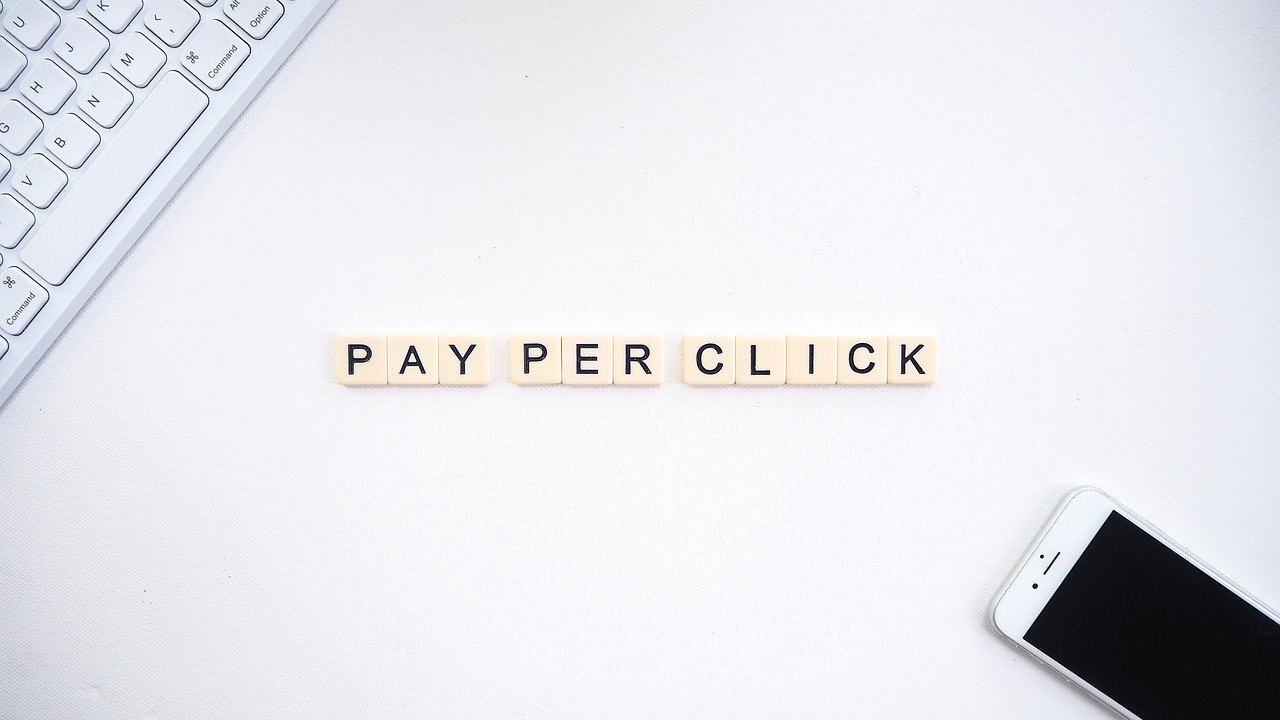Pay per Click, Google Ads campaigns, Paid advertising, SEM, are all terms that refer to a highly used and effective digital marketing tool. In this article we are going to see exactly what PPC campaigns are and how they work.
Nowadays having an online presence and a business website is essential for a company to succeed and be competitive. Through the website it is possible not only to sell your products and services, but also to communicate with your customers.
However, it is often thought that having a website is enough to be visible on Google, but in reality it is not so. Some of the most effective online marketing strategies that give visibility to a website and increase the revenue of the company are SEO (Search Engine Optimization) and PPC campaigns.
What are exactly PPC campaigns?
PPC is an acronym that stands for Pay per Click and mainly refers to the ads that appear in the highest or lowest part of the search results. These are marked with the “Ad” symbol. In addition to these ads, the pay per click campaigns also include banner ads that appear on different sites as part of the search and display network, on youtube, gmail, etc.
How do PPC campaigns work and what are the advantages?
Unlike organic results found on Google pages, these results are called “paid” and as the Pay per Click word implies, the advertiser pays every time a user clicks on the ad. The relevant question at this point is: why should you choose to use paid advertising when it is possible to be visible in the organic results through SEO? Or, why should you choose SEO when, on the other hand, you can pay to get directly on the first results?
In reality, SEO and PPC should not be two methods competing against each other but on the contrary they are complementary to one another.
While SEO is a medium to long-term strategy in terms of return on investment, that aims at stable and lasting visibility over time. With PPC campaigns it is possible to see tangible results immediately if correctly set. The disadvantage, unlike SEO, is that ads disappear when the campaign is disabled.
One of the advantages of this form of advertising is that ads (in the case of search campaigns) only appear when users type a keyword related to the company’s products or services and the advertiser only pays when the user clicks on the ad, hence the name Pay per Click.
Other advantages are the possibility of reaching a specific audience and the simplicity of calculating ROI.

